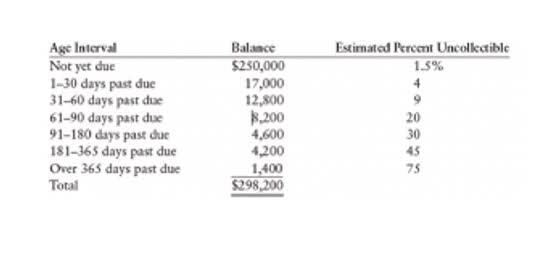
It includes marketing costs, rent, inventory costs, equipment, payroll, step costs, insurance, and funds intended for research and development. Operating expenses are the expenses the company incurs through its normal day-to-day operations. Gains are the earnings produced outside of the sale of your main goods or services.

Gross profit margin
The single-step format is useful for getting a snapshot of your company’s profitability, and not much else, which is why it’s not as common as the multi-step income statement. But if you’re looking for a super simple financial report to calculate your company’s financial performance, single-step is the way to go. The multi-step income statement provides an in-depth analysis of the financial performance of a business in a specific reporting period by using these profitability metrics. Creditors are often more concerned about a company’s future cash flows than its past profitability. However, their research analysts can use an income statement to compare year-on-year and quarter-on-quarter performance.
Why are income statements important for small businesses?
Disclosure to the income statement is part of disclosure to financial statements, which is the IAS 1 Presentation of Financial Statements requirement. As per requirement, the entity requires disclosing all necessary information in the financial statements that matter to the users of financial statements. Those include major accounting policies, significant accounting treatment, the major change in the business, and a major change in the key management team. These things could help the users of financial statements, especially investors and shareholders, better understand financial statements. The income statement is generally prepared at the same time along with other financial statements by complying with financial reporting frameworks such as GAAP and IFRS.
- These two reports feature different line items, meaning the end number and the data being gathered are not identical.
- These costs are the variable cost that attributes to the goods sold during the period.
- In most cases, your income statement will be divided into various sections, including Revenue, Operating Expenses and Taxes.
- EBT is a financial metric in a multi-step income statement that indicates a company’s performance.
- Total revenues here are both revenues from cash sales and revenues from credit sales.
What is the difference between an income statement and a balance sheet?
The company also realized net gains of $2,000 from the sale of an old van, and incurred losses worth $800 for settling a dispute raised by a consumer. For example, a customer may take goods/services from a company on Sept. 28, which will lead to the revenue accounted for in September. The customer may be given a 30-day payment window due to his excellent credit and reputation, allowing until Oct. 28 to make the payment, which is when the receipts are accounted for.

Operating profits are not included non-operating income and non-operating expenses. An income statement is generally and officially called the Statement of Comprehensive Income. IASB had changed this name from Statement of Comprehensive Income to statement which accounts are found on an income statement? of profit or loss and other comprehensive income. Net income is used for calculation in many ratios in order to evaluate the company’s performance, including net profit margin, return on assets, return on equity, and earnings per share (EPS).
Finding Small Business CPAs: Tips Before You Choose
Under that system, you may have recorded income in accounts receivable—for instance, as an invoice you’ve sent to a client—before you’ve actually received the payment. That’s good for planning future income, but not good for knowing how much cash you have to work with. The cash flow statement gives you a clear view of what you have to spend right now. Income statements are important because they show the overall profitability of a company and help investors evaluate a company’s financial performance.
- Primary revenue and expenses offer insights into how well the company’s core business is performing.
- Net income is used for calculation in many ratios in order to evaluate the company’s performance, including net profit margin, return on assets, return on equity, and earnings per share (EPS).
- It is a statement prepared by companies that operate globally offering a wide range of products and services and consequently incurring an array of expenses.
- It helps analysts and research houses analyze, forecast, and perform corporate valuation in order to create future economic decisions in the company.
- Statement of Profit and Loss report the entity’s main revenues and expenses.
- Shareholders’ equity is the difference between assets and liabilities, or the money left over for shareholders for the company to repay all its debts.
It is prepared by following the applicable accounting standards such as US GAAP, IFRS, or Local GAAP. It is usually prepared at the end of the accounting period, which could be monthly, quarterly, or annually. To summarize, understanding the breakdown of expenses on an income statement is crucial for analyzing a company’s financial health. Grasping the differences between COGS, operating expenses, and non-operating expenses enables you to identify the primary drivers of a company’s profitability and make informed decisions.
Company B Income Statement
- When comparing it to the balance sheet, it’s essential to understand the differences and connections between them.
- For example, sales revenues, cost of goods sold, gross profits, administration expenses, salary expenses, interest expenses, tax expenses, and net profits.
- It includes marketing costs, rent, inventory costs, equipment, payroll, step costs, insurance, and funds intended for research and development.
- Non-operating expenses, on the other hand, refer to costs incurred but not linked directly to the core functions of a business.
- As a result, the income statement accounts will begin the next accounting year with zero balances.


